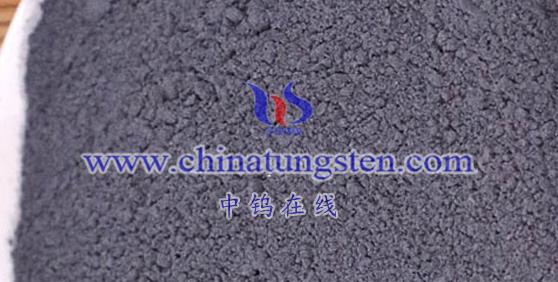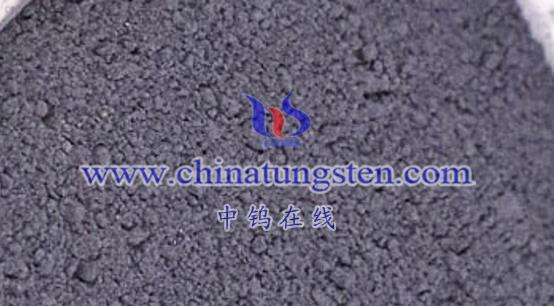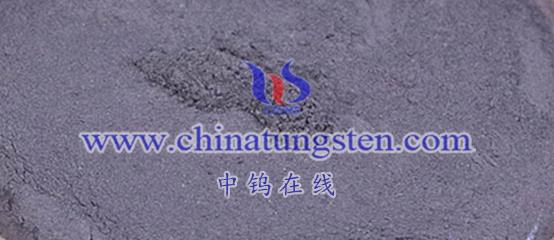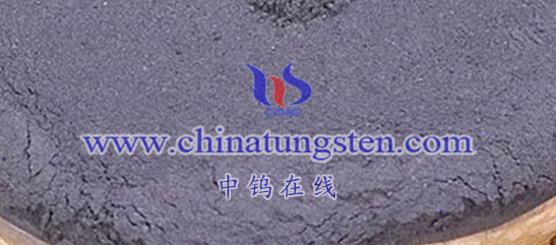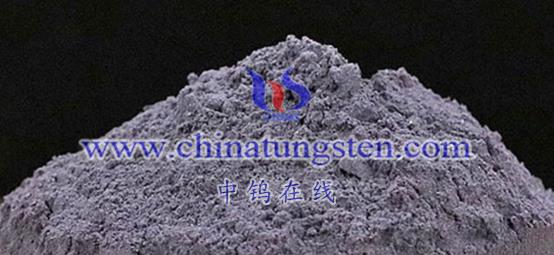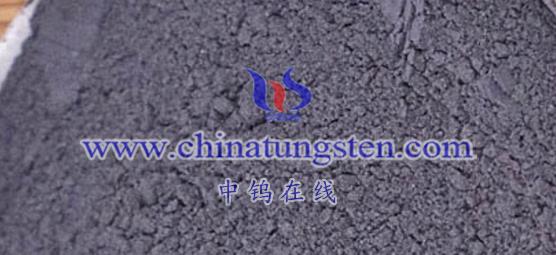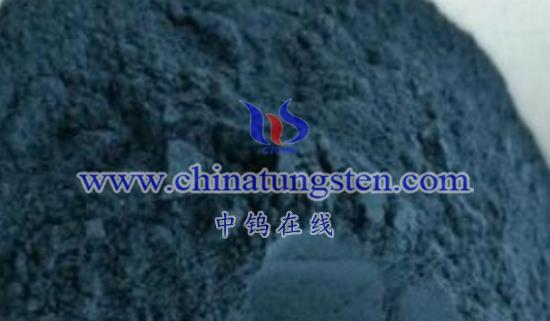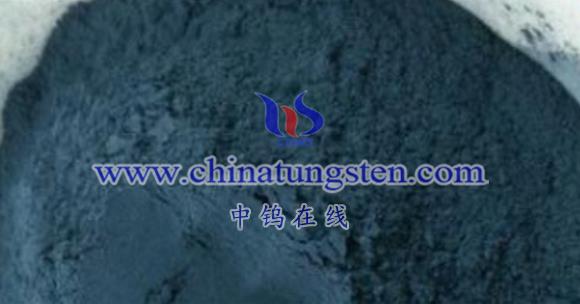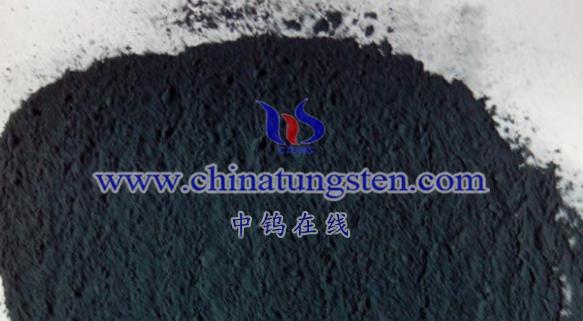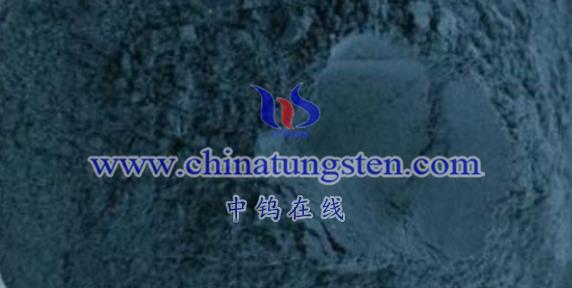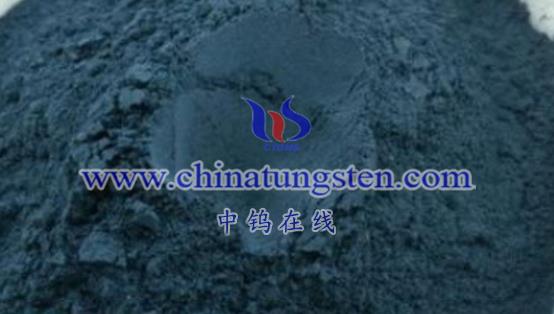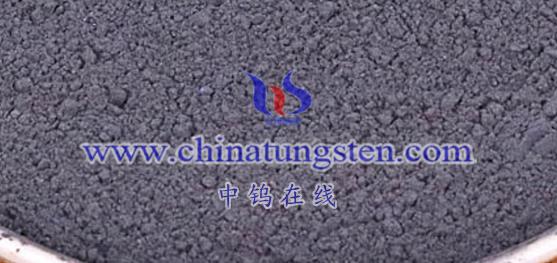
Tungsten oxide electrochromic thin film is a type of film that can stably and reversibly change color or transparency under the action of an external voltage or electric field. This film primarily consists of tungsten trioxide (WO3) and is widely used in fields such as construction, automotive, and aerospace due to its excellent electrochemical properties, high contrast, and good electrochromic efficiency.
Basic Information about Tungsten Oxide Electrochromic Thin Film
- Chinese Name: 氧化钨电致变色薄膜
- English Name: Tungsten Oxide Electrochromic Thin Film
- Main Material: Tungsten Trioxide (WO3)
Color Change Principle of Tungsten Oxide Electrochromic Thin Film
The color change principle of tungsten oxide electrochromic thin film is primarily based on the redox reaction that occurs under the influence of an external electric field. When an electric field is applied to the film, electrons and metal cations (such as H⁺, Li⁺, Na⁺, Ag⁺, etc.) are simultaneously injected into the tungsten oxide from both sides of the film, resulting in a reversible change in the film’s color. The specific process involves electrons being captured by tungsten atoms to form localized states, while cations combine with tungsten oxide to form tungsten bronze compounds (MxWO₃), leading to a change in the color of the film.
Structural Characteristics of Tungsten Oxide Electrochromic Thin Film
Tungsten oxide electrochromic thin films typically have a multi-layer structure, including a transparent anode layer, ion storage layer, ion conduction layer, electrochromic material layer, and conductive cathode layer. This multi-layer structure helps enhance the electrochromic performance and stability of the film.
Preparation Methods for Tungsten Oxide Electrochromic Thin Film
There are various methods for preparing tungsten oxide electrochromic thin films, including sol-gel method, electrochemical deposition method, magnetron sputtering, chemical vapor deposition, pulsed laser deposition, and electron beam evaporation. Each method has its own advantages and disadvantages, making them suitable for different application scenarios and requirements.
Application Fields of Tungsten Oxide Electrochromic Thin Film
- Applications in Construction: Tungsten oxide electrochromic thin films can be used in the manufacturing of smart windows, adjusting the film’s light transmittance to regulate indoor lighting and achieve energy-saving effects.
- Applications in Automotive: In automotive components such as anti-glare rearview mirrors and variable tint sunroofs, the use of tungsten oxide electrochromic thin films can enhance driving comfort and safety.
- Applications in Display Devices: Due to their color-changing properties, tungsten oxide electrochromic thin films are also utilized in various display devices, such as electronic paper and flexible displays.
- Applications in Information Storage: In optical information and storage displays, tungsten oxide electrochromic thin films can be used for recording and reading information.
Advantages and Disadvantages of Tungsten Oxide Electrochromic Thin Film
Advantages:
- Low operating voltage
- Low energy consumption
- Environmentally friendly
- Good visual effects
- Memory functionality
- Wide operating range
- Easy to produce on a large scale
Disadvantages:
- Relatively poor reversibility
- Longer response time
- Insufficient environmental stability
- Complex and costly preparation processes
Tungsten oxide electrochromic thin film is a new material with broad application prospects. Its unique color-changing properties and multi-layer structure provide possibilities for its application in multiple fields. However, further research and optimization of its preparation processes and performance are needed for practical applications.
More details of tungsten oxide product, please visit website: tungsten-oxide.com
Please contact CHINATUNGSTEN for inquiry and order of tungsten oxide:
Email: sales@chinatungsten.com
Tel.: 86 592 5129595
